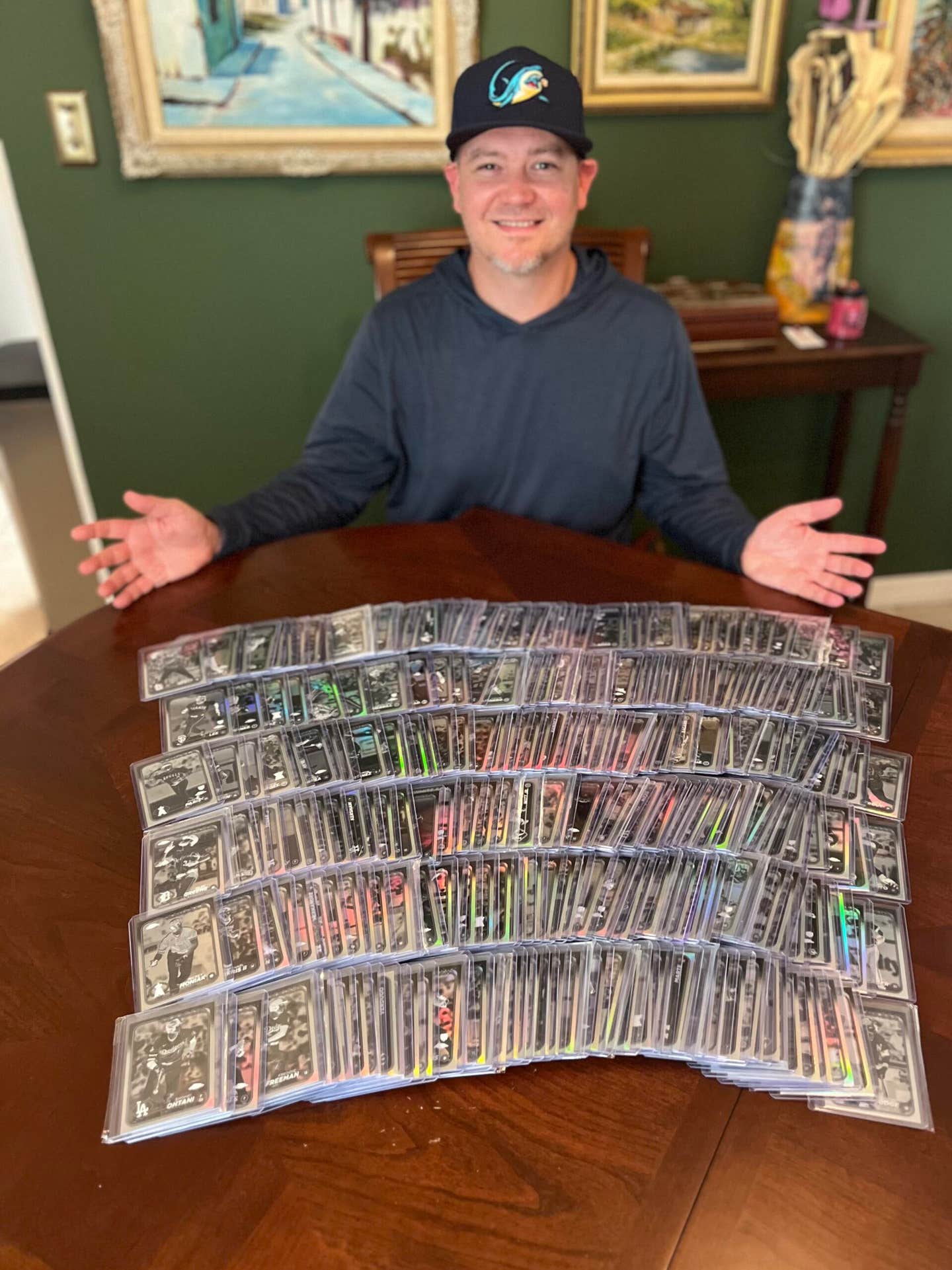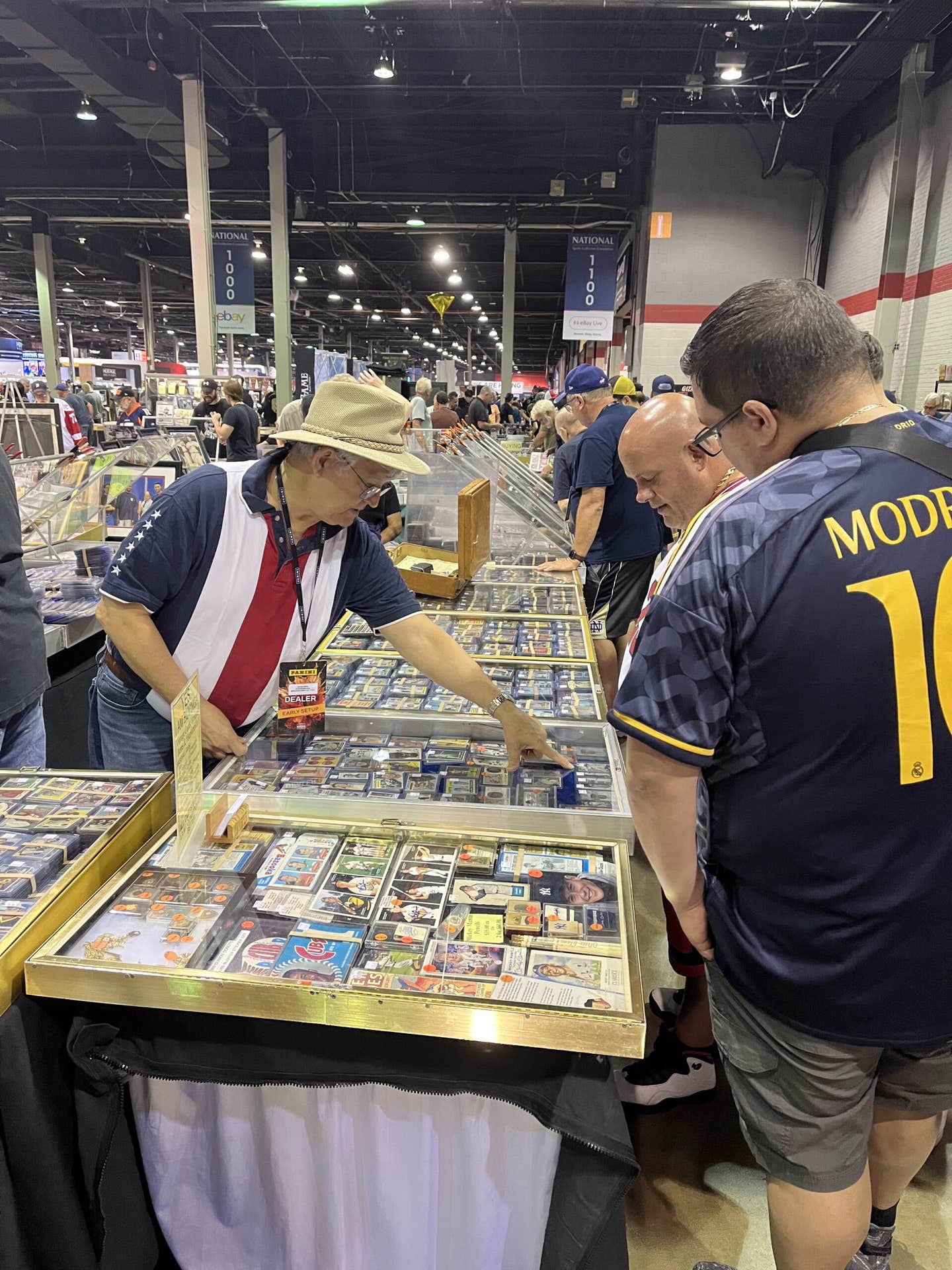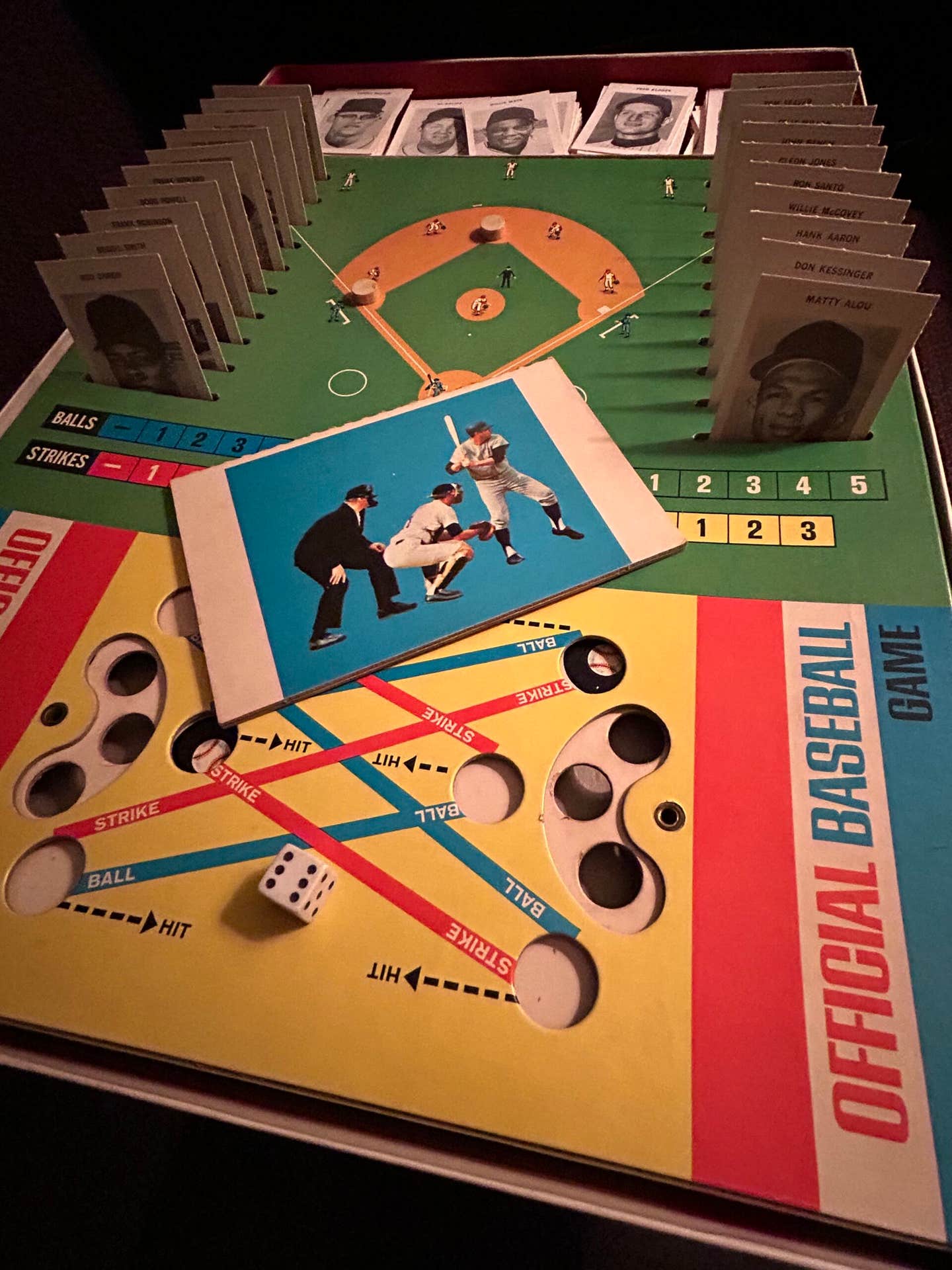News
Baines, Raines, Rice and relief: Awaiting the HOF vote
It used to be a tradition back in the 1970s and 1980s, more with the Veterans Committee voting but still, to a lesser degree, with the Hall-of-Fame vote from the baseball writers (BBWAA). Just before the vote totals would be announced, a well-placed article would run on the wire services noting the solid chances of a particular candidate, and, more often than not, the guy would be announced as a new HOFer a few days later.
It wasn’t an exact science, and as MLB itself and the Hall of Fame grew in recent decades, the voting would come under increased scrutiny all year long, rather than just surrounding the announcements.
So it was with some amusement – and a bit of amazement – that I saw stories in yesterday’s Sunday New York Times proclaiming: 1) “Hall voters may look Rice’s way”; and 2) “Raines could slide safely into the Hall on first try.”
I was pleased with the first story, since I believe Jim Rice is among a number of great players from the 1970s and 1980s who belong in Cooperstown, but the second one had me scratching my head.
But Tim Raines? First ballot? Without getting bogged down in the debate about Raines’ numbers, it seems incomprehensible that anybody would think he would be elected on a first ballot. Hell, it’s hardly a sure thing that he will be elected on any ballot, to say nothing of his first time out of the box.
Turns out, the actual bylined article by Dan Rosenheck doesn’t really make the first-ballot argument even indirectly, but does talk about Raines as worthy of enshrinement, all the while crunching his numbers in general and his base running stats in particular. In fairness to the guy who wrote the story, the overheated headline almost surely came from an editor who got a bit carried away. Tim Raines could slide safely into the Hall on his first try, and Pete Rose might be appointed as ambassador to Luxembourg.
With the vote announcement slated for tomorrow afternoon, I’d love to see Jim Rice get the nod, but I’d really like to see Andre Dawson in there alongside him. Bear in mind, when I talk about voting possibilities, I restrict myself to things I consider at least a possibility, rather than lament about things I’d like to see. While I’d like to see, among others, Dave Parker, Don Mattingly and Dale Murphy voted in, their vote totals thus far have been so miniscule that such conjecture is little more than fantasy.
I always wanted to see Harold Baines get to the 3,000-hit mark just to put to the test the voters’ fascination with magic numbers. Baines is on the ballot for the first time, but I don’t think most voters think of him as a Hall of Famer.
Conventional wisdom would suggest that Goose Gossage, the highest unelected vote getter last year (71 percent), will make it this time, but it’s also possible that he might have hit his peak just shy of election. Gossage did some major grumbling about his recent near-miss vote totals, even getting a major feature in Time magazine last year. One suspects that the ham sandwich brigade (BBWAA) doesn’t care for that kind of kibitzing, but it isn’t clear that they can make that kind of indignation a major factor in the final ballot.
Anyway, my guess of what will happen is (opposed to what I would hope would happen): Gossage and Rice.
I include Gossage just to show how fair minded I can be, my annoyance with relief pitchers notwithstanding. If relievers are going to be considered based largely on lifetime save totals, where is there even a tiny semblance of fairness to the dozens of other relievers who just happened to labor for teams where there was no chance for even a remotely close number of save chances?
What good is an individual statistic when only a handful of pitchers in each league have the opportunity to lead the league every year? It’s a rhetorical question.








